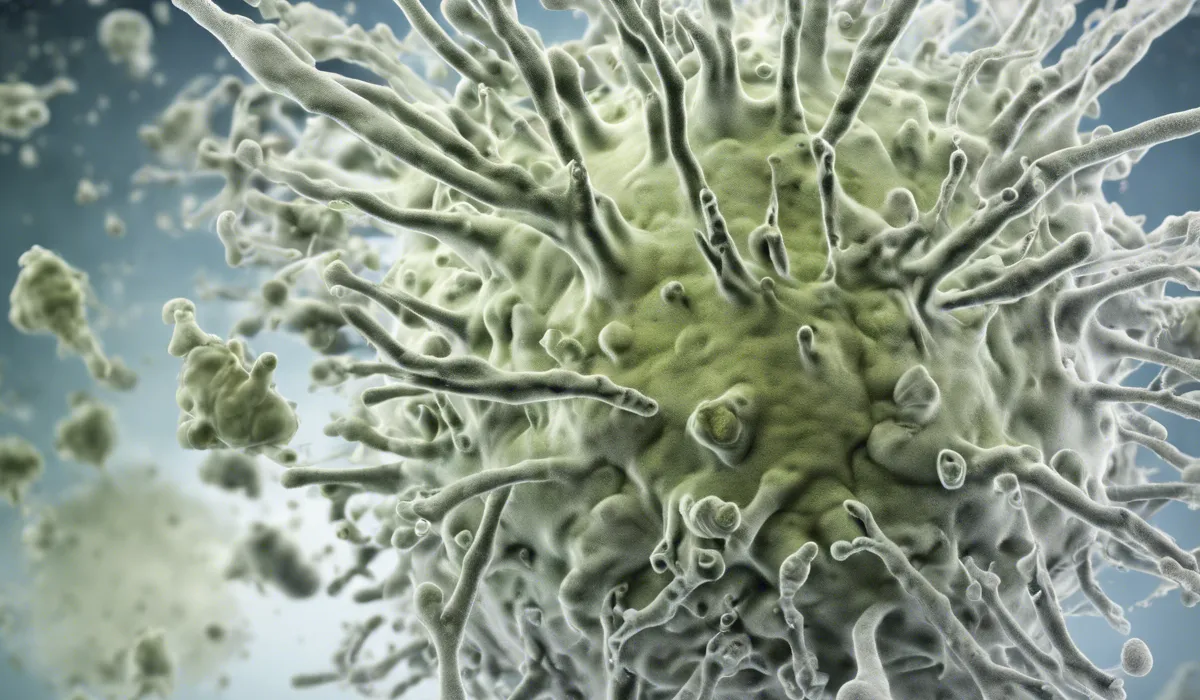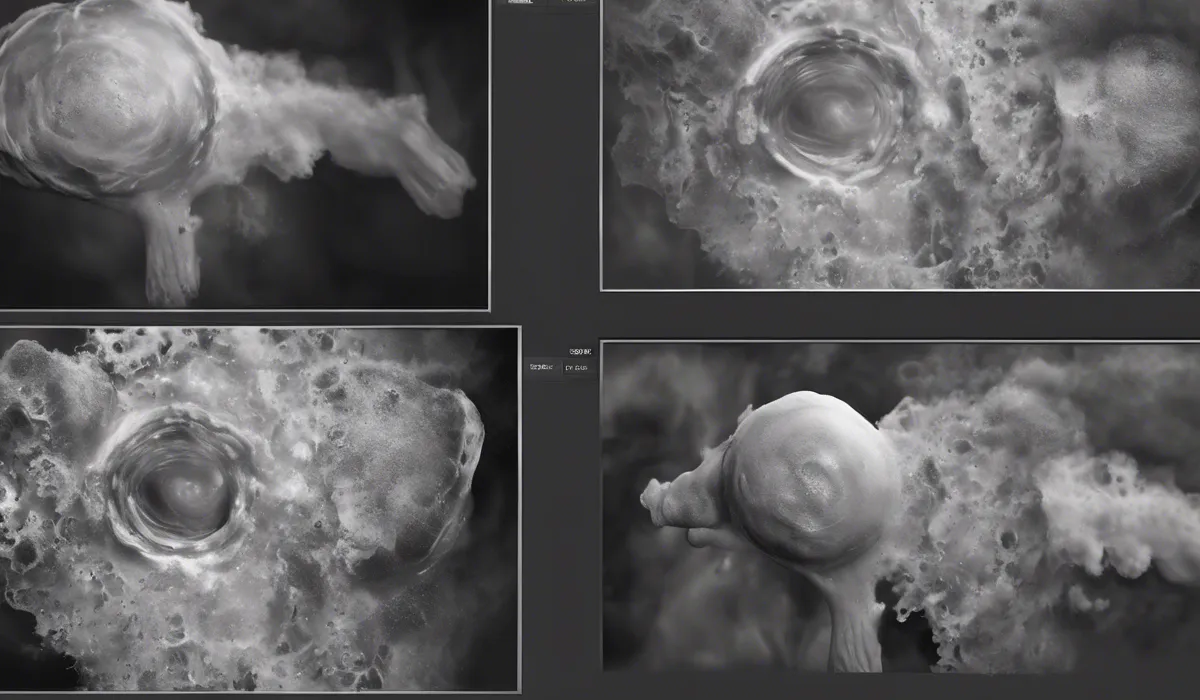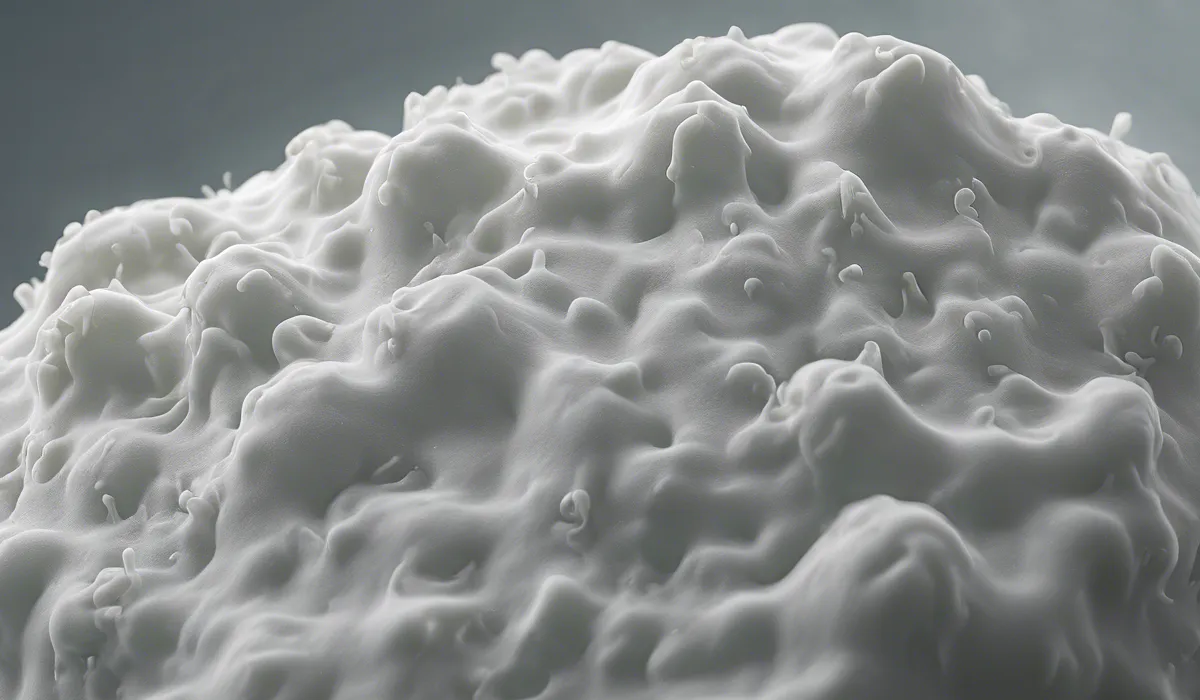Mold does not strictly require oxygen to survive. While many mold species prefer aerobic conditions, some can grow in anaerobic environments, depending on the type of mold and the surrounding conditions.
Biological Nature of Mold and Oxygen Requirements

What Is Mold?
Mold is a type of fungi, a group of organisms that also includes mushrooms and yeast. Molds are unique in their ability to grow quickly and spread by producing tiny spores that float through the air.
These spores can land on different surfaces and start new mold colonies if the conditions are right.
Biological Needs of Fungi
Fungi, including molds, have specific biological needs to survive and grow. They require a source of food, which is often organic material like wood or leaves.
Moisture is also crucial, as it helps mold to digest its food and keeps it from drying out. In addition to these needs, fungi require the right temperature, with most molds thriving in warm conditions.
Mold and Oxygen
Like many living organisms, mold generally uses oxygen to help it convert food into energy, a process known as respiration.
However, mold is adaptable and can survive in conditions where oxygen is limited, by switching to a different type of respiration or by going dormant until conditions improve.
Aerobic vs. Anaerobic Organisms
Organisms are classified as aerobic if they need oxygen to survive and anaerobic if they do not.
Most molds are aerobic, meaning they prefer environments with plenty of oxygen. Yet, remarkably, some can behave as anaerobic organisms, surviving without oxygen when necessary.
Conditions for Mold Growth and the Role of Oxygen

Oxygen in Mold Reproduction and Growth
Oxygen usually plays a vital role in mold reproduction and growth, as it is often necessary for the development of mold spores. These spores are the primary means by which mold spreads and proliferates.
Trio for Mold Growth: Moisture, Warmth, Nutrients
Moisture, warmth, and nutrients are the trio that molds require to grow, alongside oxygen.
Moisture allows spores to germinate, warmth accelerates their metabolism and growth, and nutrients provide the food they need to expand their colonies.
Environments Where Mold Thrives
Mold loves damp, warm, and nutrient-rich environments. Places like bathrooms, kitchens, basements, and areas with water damage are mold havens. These spots provide the perfect conditions for mold to flourish.
Mold in Oxygen-Poor Environments
While many molds prefer oxygen, they can adapt and grow in oxygen-poor environments as well.
They may do this by fermenting available sugars or by going into a state of dormancy until more oxygen becomes available.
Preventing and Controlling Mold Growth

Controlling Oxygen Levels to Prevent Mold
While it’s challenging to control oxygen levels in an environment, ensuring good air circulation can help prevent mold. Circulating the air can disrupt the stable conditions mold needs to grow.
The Role of Ventilation
Proper ventilation is crucial in preventing mold. It helps to keep moisture levels down and brings in fresh air, which disrupts mold-friendly conditions.
Keeping windows open when possible and using fans or ventilation systems in areas like bathrooms and kitchens can make a big difference.
Mold Remediation Strategies
If mold has already started to grow, it’s essential to respond quickly. Removing moldy materials, cleaning with mold-killing solutions, and drying out the area can help to stop mold in its tracks.
Preventative measures such as using dehumidifiers and repairing leaks also play a key role in mold remediation strategies.
When to Call the Professionals?
Sometimes, the mold problem may be too significant or hazardous for a non-professional to handle safely.
In such cases, it’s crucial to call in professional mold removal services. They have the expertise and equipment to effectively and safely remove mold from your home.
FAQs About Mold and Oxygen
Does mold need oxygen to grow?
While many mold species prefer oxygen-rich environments, some can survive and grow in conditions without oxygen.
Can mold grow in anaerobic (oxygen-free) environments?
Yes, certain types of mold are capable of growing in anaerobic environments.
What conditions do molds prefer for growth?
Most molds thrive in warm, moist, and oxygen-rich environments, but some can adapt to less ideal conditions.
Is oxygen a critical factor for all mold species?
No, oxygen is not critical for all mold species, as some can grow without it.
How can I prevent mold growth in my home?
To prevent mold growth, control moisture levels, ensure proper ventilation, and address water leaks promptly.
Final Thoughts
Mold exhibits versatility in its requirement for oxygen, with many species thriving aerobically but some also capable of growing in anaerobic conditions.
The ability to adapt to various environments underscores the resilience of molds and highlights the diversity of their species.
